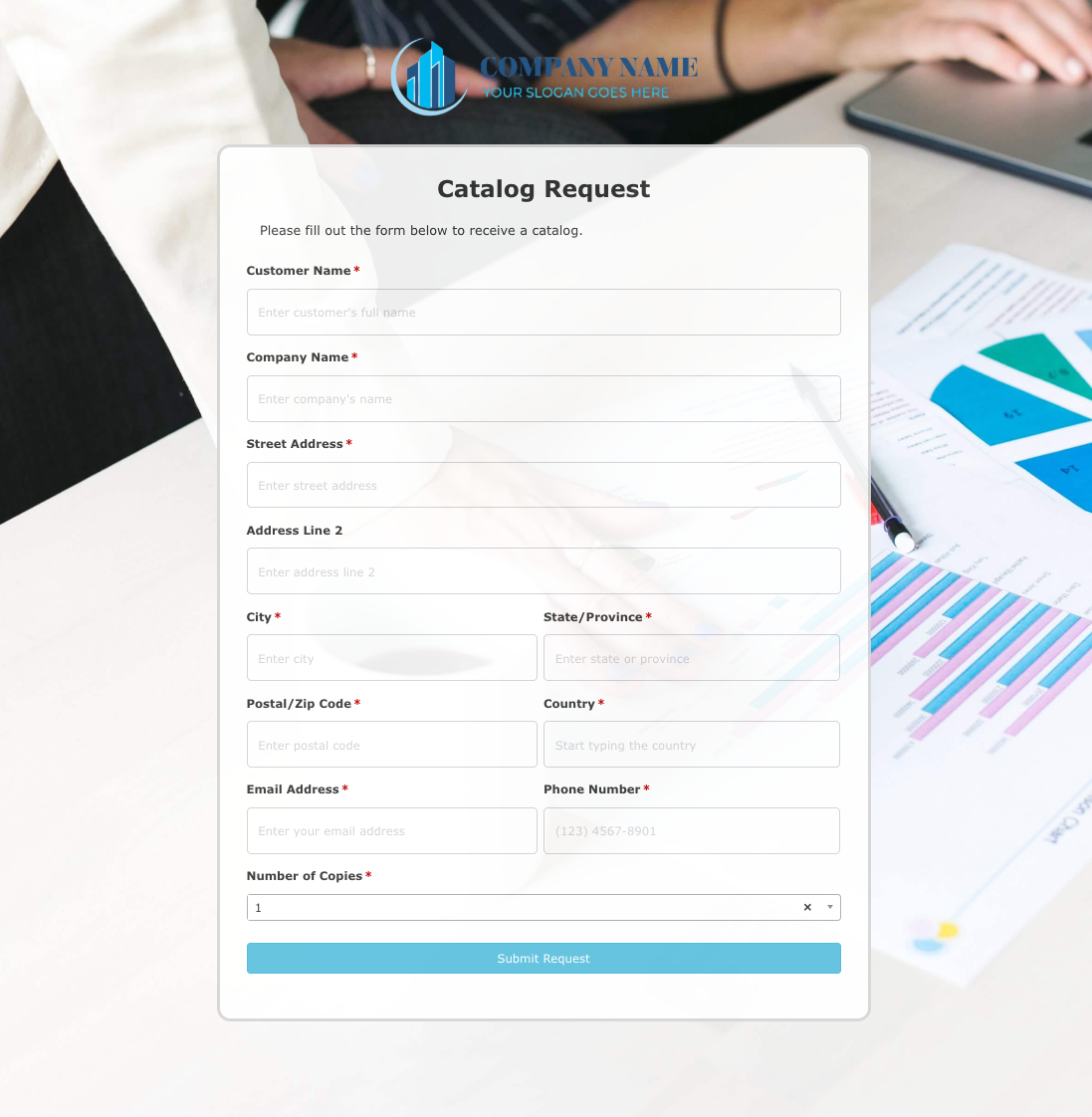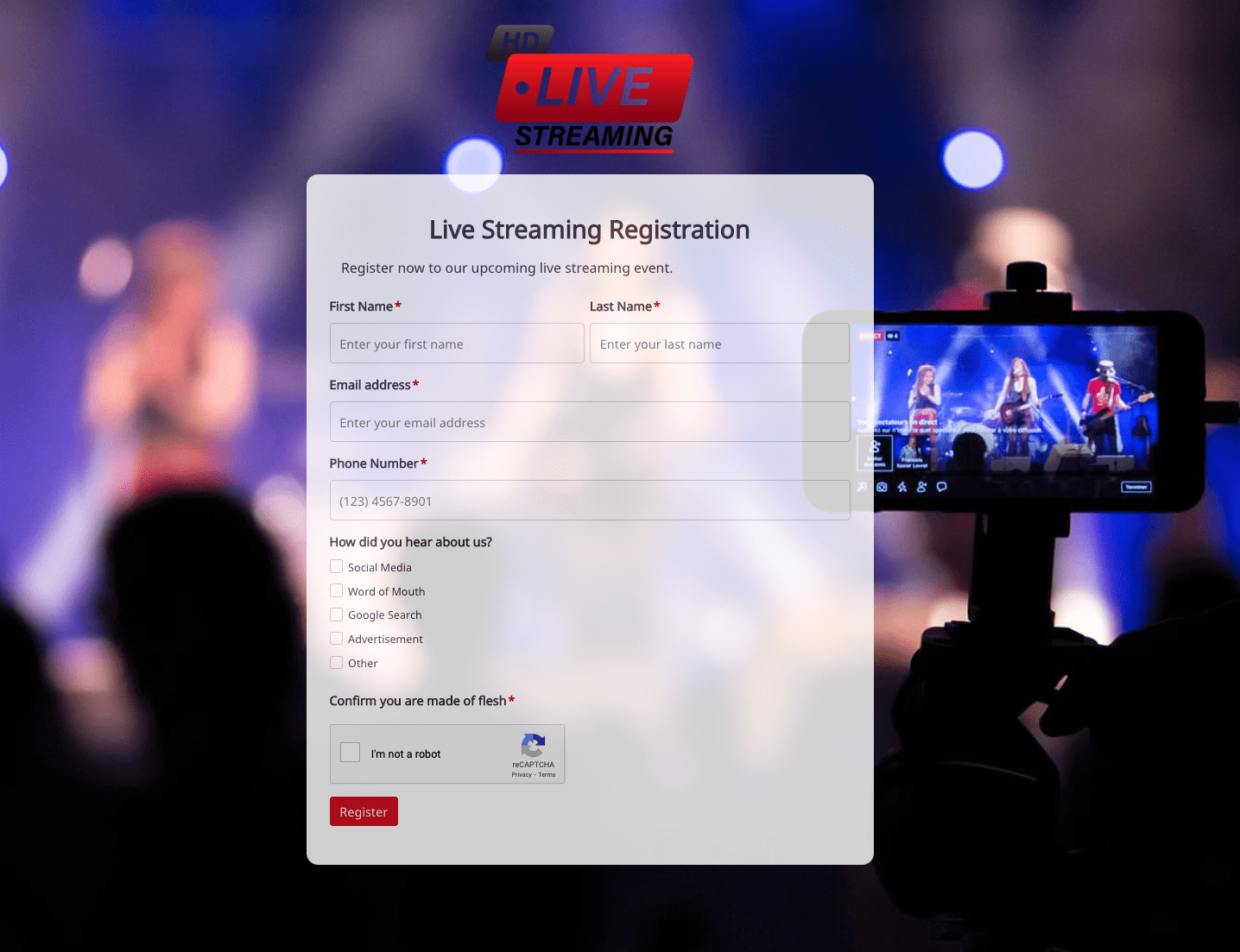The crypto regulatory framework in Europe is set to change drastically in the upcoming year, and both seasoned entrepreneurs and beginners should be aware of what to expect from the new company formation and licensing requirements. Therefore, we are going to set the expectations and break down everything you need to know before registering a crypto startup in Europe in 2025.
What are the key regulatory requirements for registering a crypto project in Europe in 2025?
The main regulatory implication for registering a crypto project and obtaining a crypto license in Europe is the new Markets in Crypto-Assets (MiCA) regulation, which will fully come into effect in December 2024. It will create a unified legal framework both for Crypto-Asset Service Providers (CASPs) and Crypto-Asset Issuers (CAs), with a number of specific requirements to be followed diligently:
- Registration of a company in an EU Member State with a local office and at least one EU-resident director;
- Obtainment of a CASP authorization through securing a license in one of the EU Member States;
- Compliance with the disclosure, prudential, and operational requirements set forth by MiCA.
In addition, issuers of stablecoins and other asset-referenced tokens will have to meet new governance, liquidity, and reserve requirements, while providers of exchange services, custodial services, or advice will have to provide risk management policies and comply with the KYC and AML-CFT standards.
How do European countries differ in their approach to crypto regulation?
While MiCA aims to create a harmonized framework across all EU nations, separate Member States are free to introduce their own specific requirements in addition to the ones set forth by the regulation. These requirements can concern, first and foremost, corporate structuring rules and taxation policies. In addition, every European nation will tailor its licensing requirements in a way that makes them align with MiCA stipulations. As a result, we expect to see the European crypto market get more stringent in its regulations but clearer and more comprehensive at the same time as 2025 approaches.
What role does the EU’s Markets in Crypto-Assets (MiCA) regulation play in crypto project registration in 2025?
MiCA is an important milestone for the unification of all crypto regulations in Europe: even more so, it is expected to set a precedent for other jurisdictions to review their frameworks and implement necessary changes to further transparency and security of the global crypto market. In general, MiCA will simplify the compliance procedure for crypto projects by eliminating the need for separate country-specific licenses, making it easier to operate across the EU while being licensed in just one local jurisdiction. At the same time, it excludes fully decentralized applications (dApps), which means that some DeFi projects are likely to remain outside the scope of MiCA.
What types of licenses or permits are needed to operate a crypto project in Europe?
In order to operate a legal and fully compliant crypto project in Europe, it is important to secure a MiCA license or authorization to provide specific types of blockchain-related products and services. Thus, exchanges, custodians, and trading platforms will have to secure CASP authorization in one of the EU countries, while stablecoin issuers will look at additional legal permits for fiat-backed or asset-backed tokens. The exact type of license required for activities will depend on the business model and the scope of services provided by the crypto company.
What are the tax implications for crypto projects in Europe?
Even in the wake of the MiCA regulation, the crypto taxation policy remains non-harmonized across the EU. Therefore, it means that a specific taxation regime for any company will depend on the country in which it is registered. The most common taxes include capital gains for individuals and corporate taxes on trading or issuing tokens but, once again, each country is free to impose its own rates and taxation rules.
What are the critical steps to ensure compliance with Anti-Money Laundering (AML) and Know Your Customer (KYC) regulations in Europe?
It’s impossible for a crypto project to obtain a license in Europe without complying with the local stringent AML/KYC compliance standards, which are further enforced by the scope of MiCA. For starters, it is important to understand the local legal requirements of the country you’re planning to register your business in, as well as the EU AML directives (AMLD) of the European Union. Then, it is also crucial to implement a multifaceted KYC program to verify customer identities through government-issued IDs or proof of address as required by the regulator’s criteria. Finally, every crypto business in Europe must periodically review its AML/KYC policies and procedures to detect any possible gaps early on.
How can crypto projects navigate the challenges of scalability and market entry while adhering to European regulations?
There are several critical steps one must take in order to prepare their company for entry into the European market. For starters, it is crucial to plan in advance, especially in the wake of MiCA implementation. Ensure that your project aligns with the new requirements before applying for a European crypto license: it is advisable to contact a legal professional who will navigate you through all the legal complexities and help your firm avoid possible fines and sanctions for non-compliance.
Then, develop a reliable and scalable infrastructure for your crypto project, including watertight cybersecurity measures and tools for analytics. Finally, build a strong compliance framework with the help of a lawyer: take into account AML/CFT and KYC compliance processes, appoint local representatives, and conduct risk assessments. In this way, you will ensure a smooth market entry whether you’re the owner of a seasoned crypto company or a brand-new startup.
 Access Request Form
Access Request Form
 Afterparty RSVP Form
Afterparty RSVP Form
 Band Discovery Form
Band Discovery Form
 Book a room Form
Book a room Form
 Booking Enquiries Form
Booking Enquiries Form
 Brochure Mailing Form
Brochure Mailing Form
 Buy a Home Form
Buy a Home Form
 Catalog Request Form
Catalog Request Form
 Coach Lines Quote Form
Coach Lines Quote Form
 Contact Us Form
Contact Us Form
 Credit Application Form
Credit Application Form
 Drop me a line Form
Drop me a line Form
 Enquiry / Feedback Form
Enquiry / Feedback Form
 Got a question? Form
Got a question? Form
 Instant Quote Form
Instant Quote Form
 Job Application Form
Job Application Form
 Language & Literacy Lab Form
Language & Literacy Lab Form
 Live Streaming Registration Form
Live Streaming Registration Form
 More Information Form
More Information Form
 Order Exchange Form
Order Exchange Form
 Party Box Order Form
Party Box Order Form
 Pest Control Services Form
Pest Control Services Form
 Poll / Survey Form
Poll / Survey Form
 Receive Ebook Form
Receive Ebook Form
 Refinance Mortgage Form
Refinance Mortgage Form
 Remarks / Questions Form
Remarks / Questions Form
 Report Driver Form
Report Driver Form
 Retreat Information Form
Retreat Information Form
 Service Enquiry Form
Service Enquiry Form
 Skydiving Registration Form
Skydiving Registration Form
 Spare Part Enquiry Form
Spare Part Enquiry Form
 Staff Application Form
Staff Application Form
 Submission Form
Submission Form
 User Registration Form
User Registration Form
 Website Under Construction Form
Website Under Construction Form
 Wedding Photographer Form
Wedding Photographer Form
 Your Opinion Matters Form
Your Opinion Matters Form






.jpeg)


